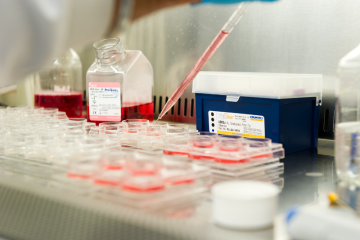Project grant
Development of a new human cell genotoxicity assay to reduce the use of live animals in drug development

At a glance
Completed
Award date
December 2006 - March 2008
Grant amount
£133,012
Principal investigator
Professor Richard Walmsley
Co-investigator(s)
- Dr Nick Billinton
Institute
University of Manchester
R
- Replacement
